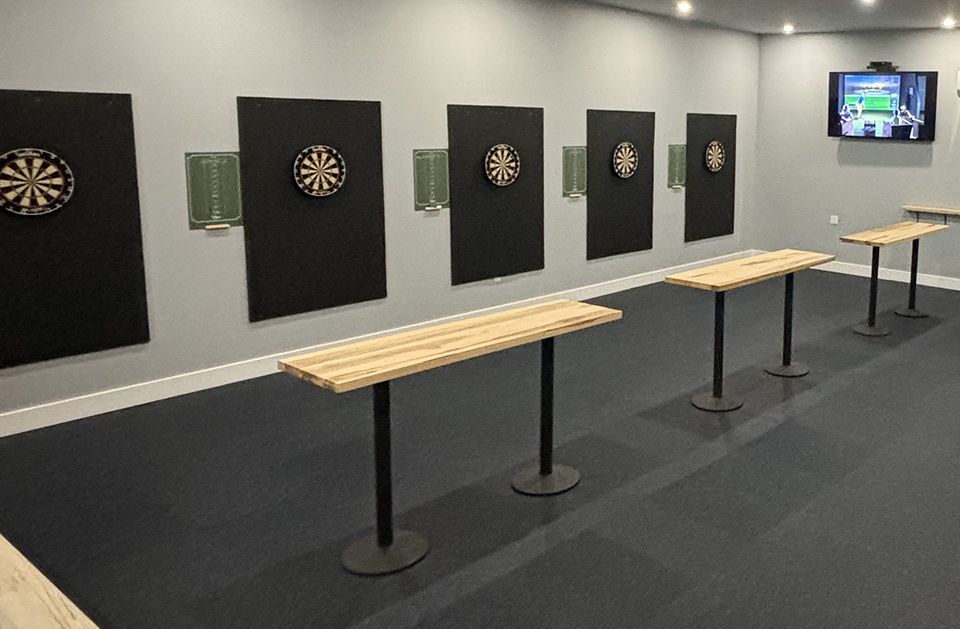501
Most professional matches use the 501 up format, which is one of the simplest games.
Each player starts with a score of 501 and takes turns throwing three darts. The score for each turn is calculated and deducted from the total. Here’s how scoring works:
- Bullseye: 50 points
- Outer Ring: 25 points
- Double Ring: Double the segment score
- Treble Ring: Treble the segment score
The goal is to reduce the score to exactly zero, with the final dart needing to land in a double or the bullseye. If you go below zero or end with a score of 1, your turn ends and your score returns to what it was at the start of the turn. For example, if you have 32 remaining, hit 16 on the first dart, and 15 on the second, you bust and return to 32. On your last turn, you can win with just the first or second dart if needed.
Experienced players often aim to leave a score that is easily bisectable, such as 24 or ideally 32 (double 16). This minimizes the number of darts needed to achieve a checkout. There’s also an unofficial rule called “splitting the 11,” where if the score is reduced to 1, instead of busting, you must throw a dart between the numbers forming 11 on the edge of the board.
301
Played similarly to 501, but starts with a score of 301 . Some variations require a double to start scoring as well as to finish the game.
Checkout Combinations
For scores below 171, here are some optimal checkout combinations:
- 170 : T20, T20, Bull (Highest checkout possible)
- 167 : T20, T19, Bull
- 164 : T20, T18, Bull (Preferred over T19, T19, Bull to avoid needing two darts in one bed)
- 161 : T20, T17, Bull
- 160 : T20, T20, D20
- 158 : T20, T16, Bull or T20, T20, D19
- 157 : T20, T19, D20
- 156 : T20, T20, D18
- 155 : T20, T15, Bull or T20, T19, D19
- 154 : T20, T18, D20
- 153 : T20, T19, D18
- 152 : T20, T20, D16
- 151 : T20, T17, D20
- 150 : T20, T18, D18 (Preferred over Bull, Bull, Bull unless aiming to intimidate)
- 149 : T20, T19, D16
- 148 : T20, T16, D20 (or T18, T18, D20)
- 147 : T20, T17, D18 or T19, T18, D18
- 146 : T20, T18, D16 (or T19, T19, D16)
For scores below 146, there are at least three checkout combinations available.

